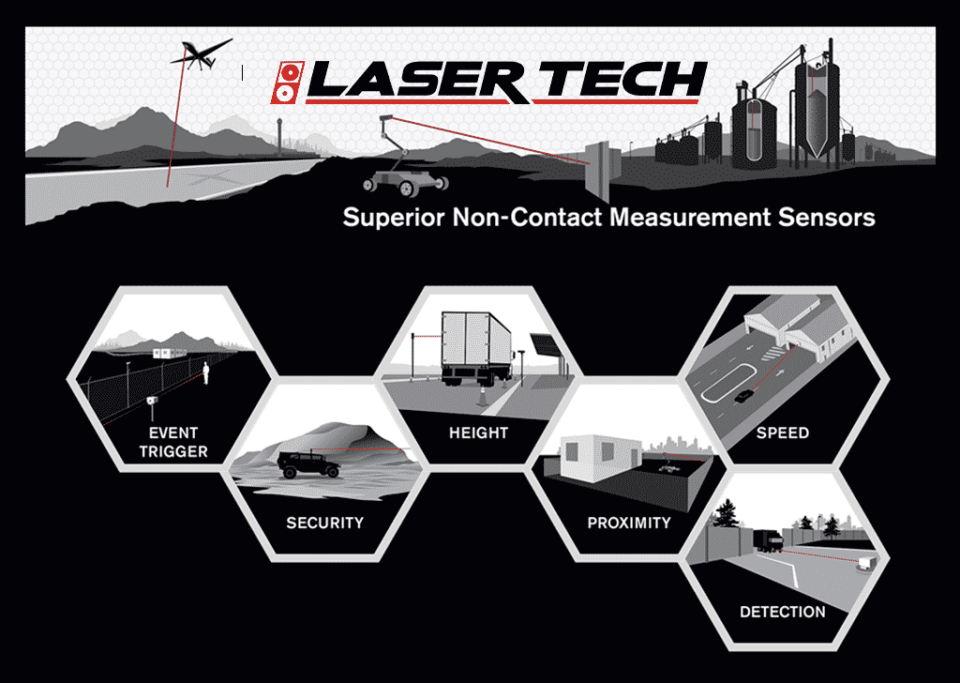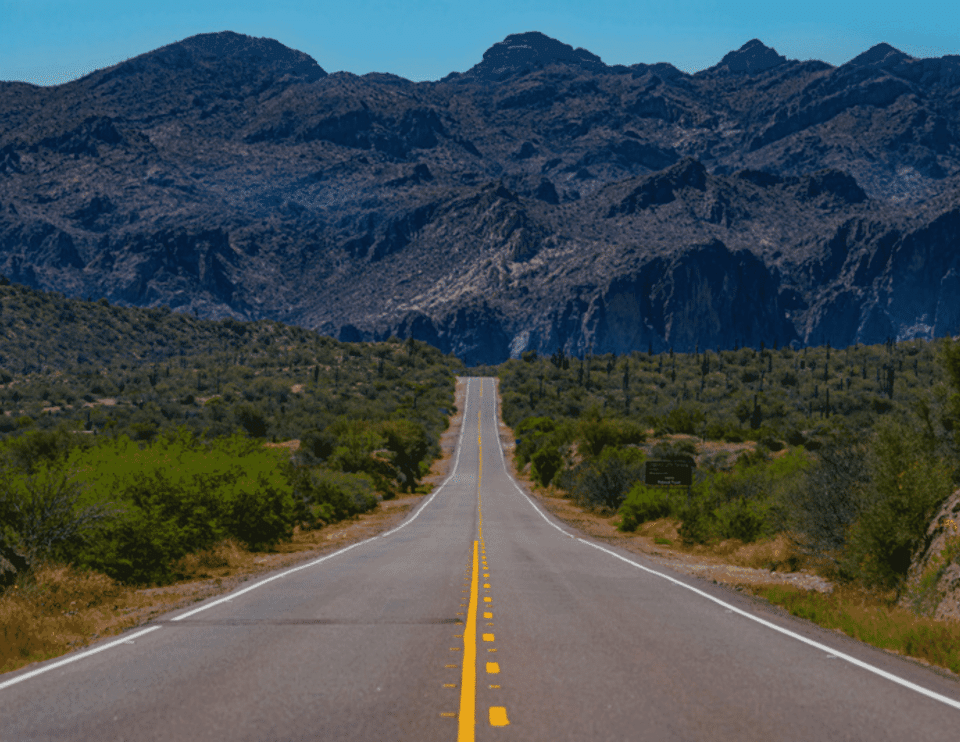Our TruSense® S200 series sensors and Universal Laser Sensor (ULS) use eye-safe lidar pulses to gather accurate measurements and provide reliable target detection over long-ranges. Customizable programming and configuration options accommodate your application's needs.
Request a QuoteTell us about your application and measurement needs!

Laser sensors bring advantages to several different fields.
By nature, non-contact measurement creates low maintenance benefits.
Contact-sensor alternatives invite exposure to various materials and often install at the bottom of large tanks. Meanwhile, non-contact sensors tend to be installed in easy-to-access areas that avoid material exposure.
Avoiding contact with materials means that our sensors perform longer.

LTI sensor installed at an easy-to-reach location.
Keeping a clean sensor is a best practice made easier by non-contact performance.
Contrary to contact sensors, our sensors are commonly located near or on a tank’s lid or hatch.

Easier-to-access locations complement worker safety.
Thanks to the easier access that our sensors tend to create, some safety hazards can be eliminated.
All of our non-contact, continuous measurement laser sensors offer high accuracy. In the general scope of applications, our Universal Laser Sensor’s (ULS) accuracy reigns supreme. However, our S300 series sensors are the better choice for industrial applications in liquid-level measurement, with typical accuracies of +/- 10 mm (.39 in) compared.

Laser Tech’s sensors offer considerable accuracy over long ranges
Longer ranges than alternatives make LTI sensors for solids advantageous for integration into aerial vehicle systems, extensive perimeter networks, and other applications expanding over large areas.
Reflective targets offer the highest max ranges for LTI laser sensors.
Non-reflective targets are still effective at significant ranges.

Lidar sensors can function in narrow environments
Our time-of-flight laser sensors use lidar. Some alternatives use radar, which casts a relatively wide and diffused energy beam.
Some applications may require a more focused beam to overcome structural obstacles.
The beam divergence tendencies of our different sensors are acute.
LTI Laser sensors provide flexibility in configuring for all sorts of applications.
Our S200 series, S300 series, and Universal Laser Sensor (ULS) have their own targeting mode options.

Laser Tech’s sensors can be configured to your application’s needs
Our S200 series and Universal Laser Sensor (ULS) have standardized input/output specifications.